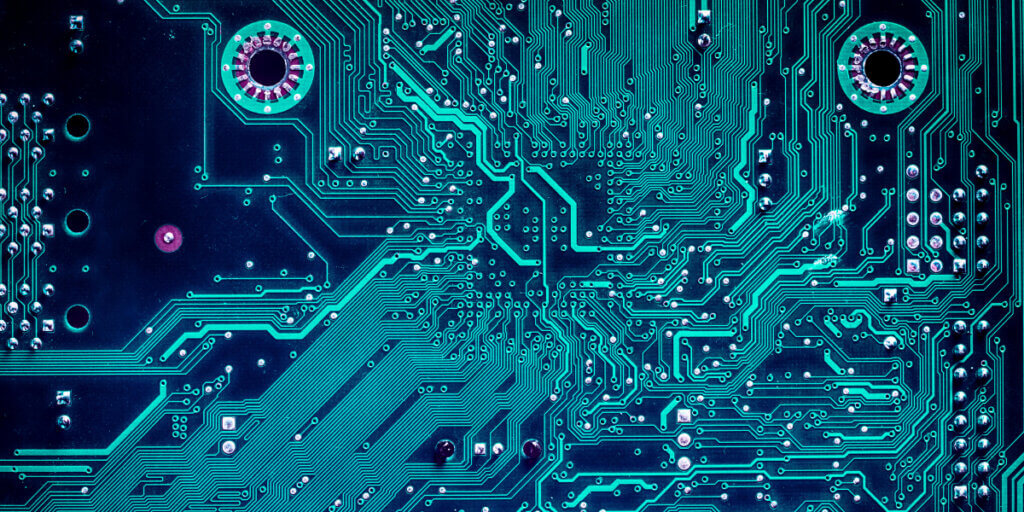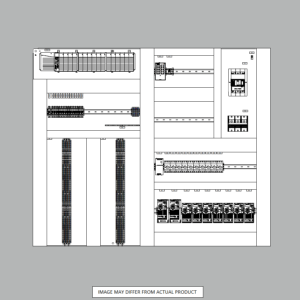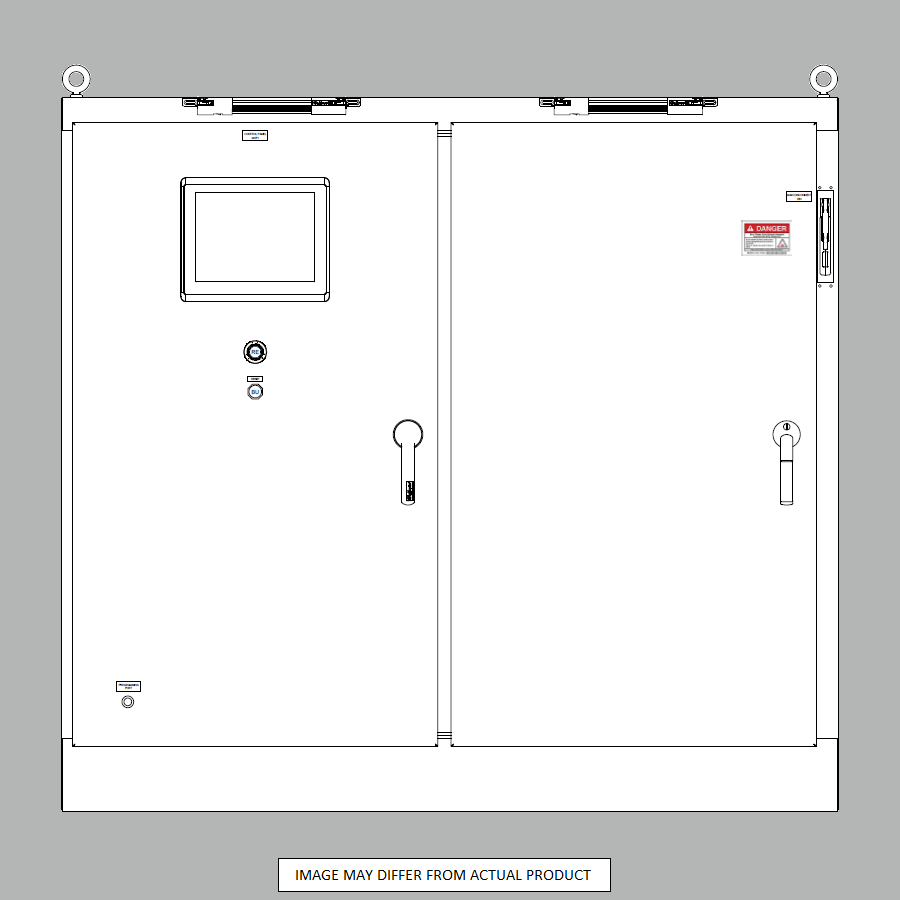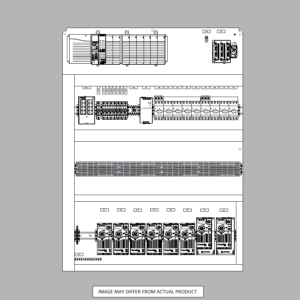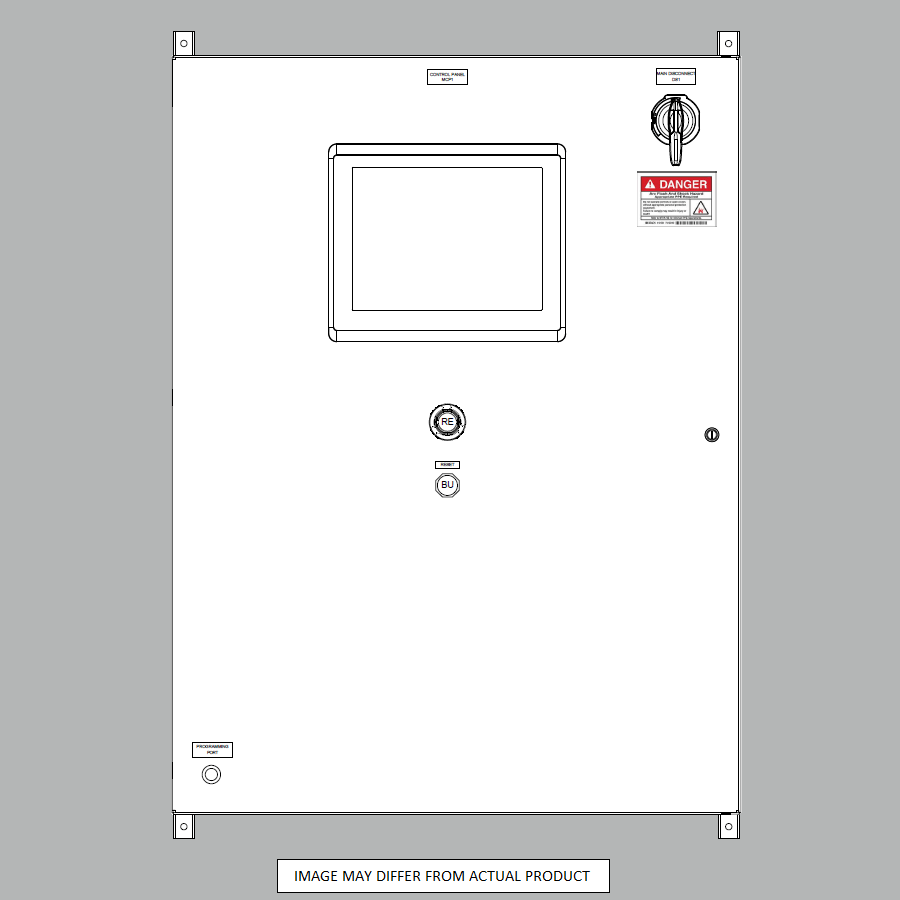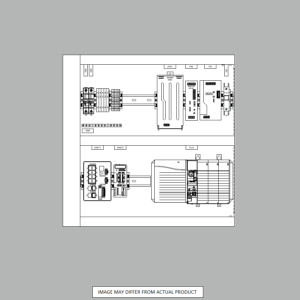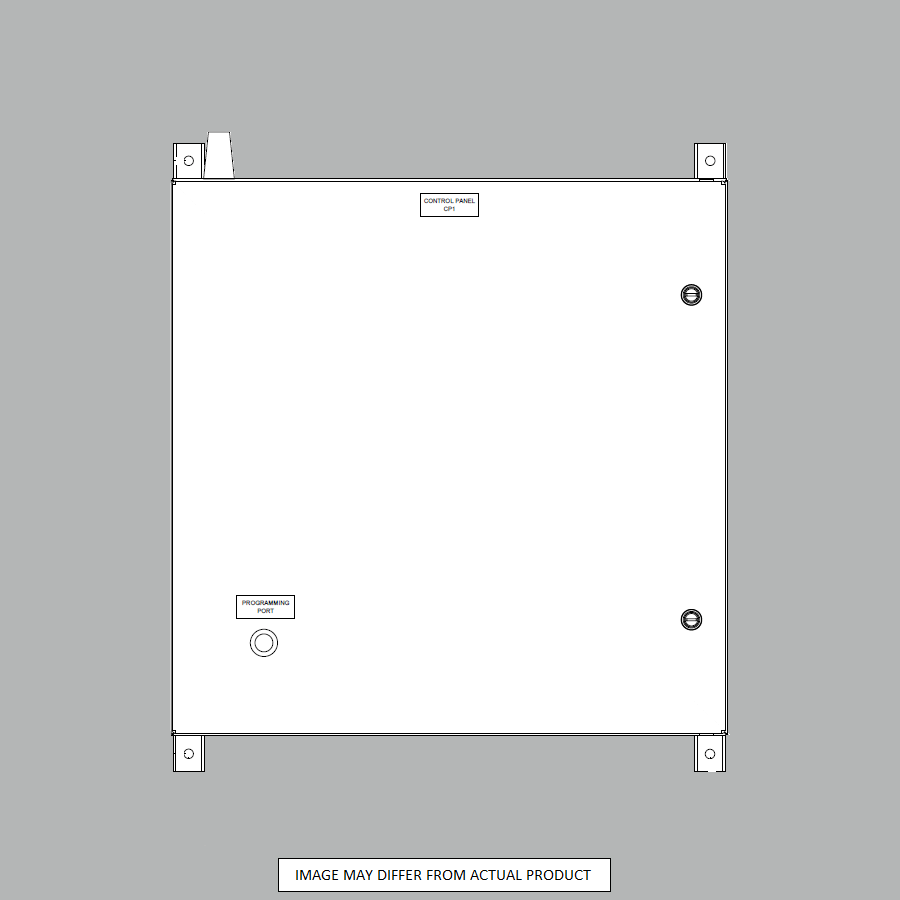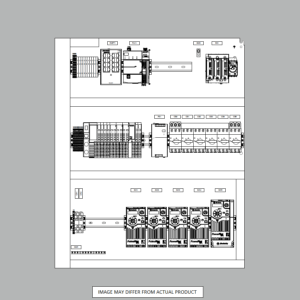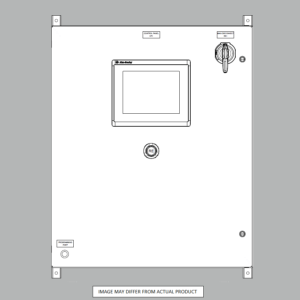Control System Design for Engineers and Designers
In today’s fast-paced industrial landscape, staying competitive demands constant efficiency, quality, and safety improvement. Control System Design emerges as a powerful solution, shaping systems that manage and oversee complex operations and ensure they perform as intended. Control systems keep processes in check, from regulating home temperatures to running advanced production lines.
A common challenge persists across manufacturing, automotive, and aerospace industries: managing intricate processes efficiently. In manufacturing, maintaining high-quality output while minimizing waste is paramount. Similarly, the automotive sector prioritizes enhancing vehicle performance and safety, particularly with the rise of self-driving technologies. Without effective control systems, these tasks become overwhelming due to their technical complexity and high stakes.
Inefficient control systems lead to detrimental consequences. Production lines may suffer from decreased efficiency, increased waste, and compromised quality. A lack of robust control can jeopardize safety and vehicle performance in automotive applications, hindering innovations like autonomous driving.
By understanding and implementing advanced control system design, companies can solve existing problems and unlock new opportunities for improvement and growth. This approach leads to more efficient operations and advances technology in numerous fields.
Getting familiar with the fundamentals
Control System Design touches everything from factory operations to cars and robots. Mastering the basics of how these systems work is crucial. Control systems manage system behavior to meet specific performance goals, involving a deep understanding of dynamic systems, feedback mechanisms, stability analysis, and creating effective controllers.
Control systems are classified as open-loop or closed-loop. Open-loop systems follow set instructions without feedback, while closed-loop systems, or feedback control systems, constantly monitor outputs and adjust inputs to reduce discrepancies between actual and desired outcomes. This adaptability is essential for precision and stability.
Sensors, actuators, controllers, and communication devices are at the core of control systems. Sensors monitor changes. Actuators execute controller decisions, controllers analyze sensor data to dictate responses, and communication devices link these components. Effectively integrating these elements is key to designing and maintaining reliable control systems that handle complex tasks efficiently.
Designing Effective Control Systems
Designing a control system begins with identifying the problem and modeling the system. Engineers must pinpoint the specific issues the control system needs to address and create a detailed model describing the system’s dynamics, statistics, and environment. This model helps predict system behavior and guides the development of an efficient control strategy.
Next, designers select and design the controller, choosing a type (e.g., PID, lead-lag, or state space) that best suits the system’s needs. Careful adjustment of the controller’s parameters balances stability, accuracy, and responsiveness, often involving trade-offs.
Once the control strategy is in place, the focus shifts to plant selection and implementation. This involves choosing the right equipment or processes and integrating them with the controller to form a cohesive system, ensuring effective communication between the plant and controller. Setting up sensors and actuators is also critical during this step.
The final phase is system testing and optimization. The entire control system is tested to confirm it meets all specifications and performs reliably under expected conditions. Testing evaluates stability, accuracy, and robustness against disturbances. Iterative tweaks and optimizations ensure the control system is optimized for real-world challenges, providing effective application performance.
Advanced Techniques and Real-World Impact
Control system design employs advanced techniques like PID controllers, which are known for their simplicity and effectiveness in automation and for providing precision and stability. State-space representation models complex systems by detailing state variables, inputs, and outputs, ensuring performance under various conditions.
Techniques like Root locus analysis and Frequency domain analysis are invaluable for system analysis. Root locus analysis determines a system’s stability and response by tracking the roots of a transfer function as parameters change. Frequency domain analysis examines how a system reacts to different frequencies, which is crucial for designing controllers that can withstand disturbances and maintain consistent performance.
Real-world applications showcase the transformative potential and complex challenges of control system design. Adaptive cruise control in modern vehicles leverages advanced algorithms and sensor technology to adjust speed and maintain safe distances, improving driving safety and convenience. Engineers had to fine-tune the system to accommodate different vehicle sizes, driving conditions, and human behaviors.
Another example is the automation of urban water supply networks, which leverage real-time data and automated controls to manage distribution, minimize waste, and maintain a steady supply even with fluctuating demands. Despite challenges like integrating sensor networks into old infrastructure and creating adaptive algorithms, successful implementations in cities like Singapore demonstrate the effectiveness of well-designed control systems in resource management.
Emerging Trends and Technologies
Control system design is rapidly transforming, driven by technological advancements that redefine efficiency and automation. Key innovations like the Internet of Things (IoT), cyber-physical systems (CPS), and digital twins are becoming essential elements of contemporary control systems. IoT enables seamless integration of sensors and actuators across the internet, enabling remote and optimized system control.
Additionally, the impact of artificial intelligence (AI) and machine learning (ML) on control system design is increasingly pronounced. These technologies predict system behaviors, optimize operations, and automate decision-making. By integrating AI, control systems become more adaptable and responsive, effectively managing complex and dynamic environments. AI also supports the development of self-learning control systems that continuously refine their performance based on new data and experiences, reducing reliance on human oversight and fostering more advanced control strategies.
Insights on Control System Design
In conclusion, control system design techniques have evolved significantly, enhancing efficiency and reliability through technological advancements. Classical, modern, and robust control techniques offer distinct advantages to specific applications. Theoretical aspects like stability, responsiveness, and accuracy are critical, while practical factors like cost, scalability, and user-friendliness also play a crucial role.
Continual improvement is essential in control system design, keeping up with the latest advancements and integrating innovations. This continuous improvement approach ensures that systems are flexible, durable, and prepared for future obstacles. Embracing ongoing research, development, and innovation is key to maintaining a competitive edge and staying relevant in an increasingly automated and interconnected world. This proactive approach in control system design paves the way for future successes and sustainability across various industries. We, at Automation Ready Panels, is ready to implement your control system design requirements. Get in touch today.
-
Large Process Automation: Panelview 5000, ControlLogix 5580
$24,073.00 Select options -
Small Process Automation: Panelview 5000, ControlLogix 5580
$20,321.00 Select options -
Small Process Automation: ControlLogix 5580, UPS Battery Backup, Cellular Modem
$18,999.00 Select options -
Advanced Automation: Panelview 5000, Safety CompactLogix 5380
$10,269.00 Select options

